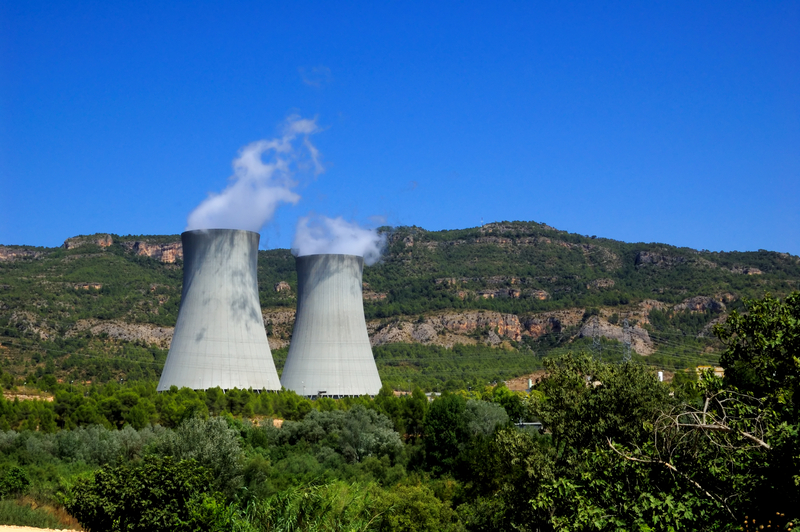
Despite the Cofrentes nuclear power plant, Valencia is heavily dependent on the national electricity grid. The Valencian Community imports 43% of its electricity needs from the rest of Spain. Monday’s power outage coincided with the shutdown of the Cofrentes nuclear power plant for profitability reasons, which last year supplied 52% of the Community’s electricity. Experts are optimistic that the development of renewable energies will reduce this dependence on nuclear power and foreign energy.
In the last 12 months, the administration has approved solar parks with a total capacity of 1,400 MW, tripling Valencia’s photovoltaic capacity (as of December 31, the connected solar parks had a total capacity of 495 MW). The Renewable Energy Employers’ Association emphasizes that the use of storage batteries is also necessary to prepare for possible blackouts.
Energy Dependence
In recent years, the Valencian Community has increased its dependence on energy supplies from the rest of Spain due to delays in the development of renewable energies. The region imports 48.5% more electricity than it produces and is far from meeting the 2030 targets set by the European Union. The delays in the development of wind and photovoltaic plants come five years after the definitive closure of the Cofrentes nuclear power plant, which last year supplied 52% of the energy generated in the Valencian Community.
A report by marketer Unieléctrica, analyzing data from Redeia (a trademark of the Red Eléctrica group), shows that in 2023, the Valencian Community further increased its status as the second-largest electricity importer in the autonomous communities (after Madrid), producing 17,756 gigawatt-hours (GWh) compared to consuming 26,367 GWh.
Outlook for 2024
In 2024, according to the Foro de Sella Renewable Energy Observatory, the Valencian Community generated a total of 15,153 GWh. Of this, 22.4% came from renewable sources (3,395 GWh) and 67.6% from non-renewable sources, primarily the Cofrentes power plant and thermal power plants burning natural gas.
The Valencian Community ranks ninth among the autonomous communities in terms of electricity generation using clean technologies and eighth in total generation (renewable and non-renewable). It is the fourth region with the highest electricity consumption, after Catalonia, Andalusia, and Madrid.
Leadership
The list of autonomous communities that “export” energy correlates with the regions that have increasingly invested in renewable energy in recent years. Extremadura leads this list (with available data for 2023) with an energy surplus of 24,887 GWh, followed by Castile-La Mancha (16,905 GWh), Aragon (12,154 GWh), Castile and León (11,017 GWh), Galicia (10,378 GWh), and Navarre (2,464 GWh). These regions benefit from the attraction of energy-intensive projects that aim for low energy costs, such as the battery gigafactory of the Chinese company Envision in Extremadura or the Amazon data centers in Aragon.
Marcos J. Lacruz, President of the Valencian Employers’ Association of Renewable Energy Companies (Avaesen), explains that we can now see the positive impact of bureaucratic streamlining on the increase in Valencian photovoltaic capacity. “Nevertheless, we still have a long way to go. We have been informed that 25 officials will be assigned to expedite the processing of pending applications. There are photovoltaic projects that have been on hold for five years. We are at a critical stage.”
Nine GWh of storage
Lacruz points out that the administration is also working on battery storage projects with a capacity of 9 GWh. “That’s equivalent to almost nine plants like Cofrentes’. These systems are essential to prevent power outages like the one we experienced this week,” he emphasizes.



